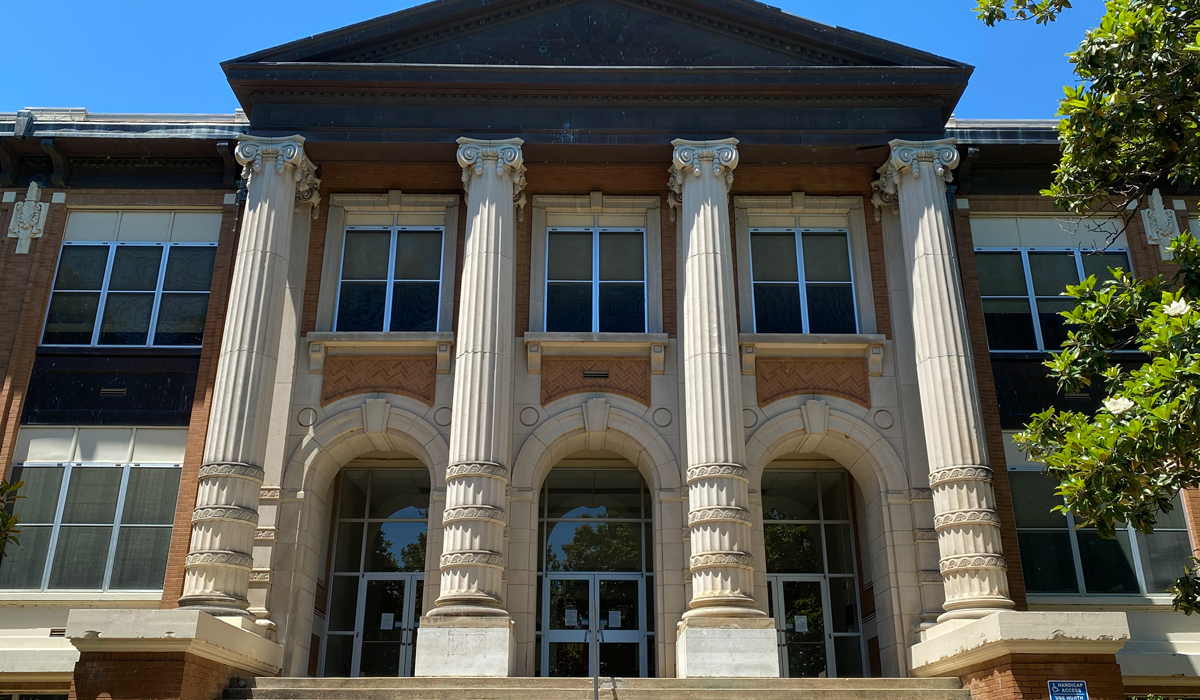SE Communications
DURANT – Summer enrollment appears to be reaching record levels at Southeastern Oklahoma State University as planning continues for the fall semester.
Although summer classes are already underway, enrollment continues for the second term, which begins on June 29. Through today, summer enrollment is at 2,940 students, which represents an increase of 22.5 percent over the same time last summer. Records indicate it to be the highest summer enrollment in the history of the University.
While summer classes are being held online due to the COVID-19 pandemic, Southeastern is planning to return to traditional face-to-face instruction this fall, in addition to already scheduled online programs.
“We are looking forward to having our students back on campus as we begin fall classes on August 17,’’ said Southeastern president Thomas Newsom. “Until that time, we are working to ensure that we provide a safe and healthy environment for our students, faculty, staff, and community.’’
On June 1, approximately 30 percent of the University’s workforce returned to campus, based on a recommendation by a task force established by Dr. Newsom. Since late March, most employees have been teleworking, while students completed their studies online.
On June 15, an additional 30% of workers are scheduled to be back on campus, with the goal of the entire staff being on board in early July and a re-opening of campus to the public.
Before returning to work, employees must complete safety and health training. All facilities will be cleaned on a regular basis, and employees will be provided with Personal Protective Equipment (PPE) kits. In addition, a comprehensive Return to Work plan has been developed and distributed to faculty and staff.
The 15-member task force includes University administrators, faculty and staff, a student, and community members. The group, which meets bi-weekly, is charged with making recommendations on how Southeastern can safely and responsibly repopulate the campus in anticipation of the Fall 2020 semester.
The task force is following guidelines provided by the American College Health Association.
In addition to the task force, subcommittees are meeting to study issues related to instruction, on-campus living, events, and athletics.
One alteration to the fall as recommended by the task force and the subcommittee on instruction (composed of faculty and department chairs) and approved by Newsom is to move from face-to-face instruction to remote/online delivery of courses for five days (Nov. 30-Dec. 4 ) at the end of the semester. This will be followed by a Finals Week to be conducted virtually with either online exams or alternative projects/presentations.
“Again, the safety and health of our students, faculty, and staff remains our top priority,’’ Newsom said. “Like many other schools, we made this decision as a preventive measure. The anticipated surge of COVID in November, combined with the arrival of the flu which can display similar symptoms, has the potential to create challenges to the health of the communities on college campuses. This risk is enhanced by the likelihood of student and faculty travel during the Thanksgiving holidays, which could increase the chances for COVID 19 exposure.’’
Students needing to stay or return to campus would be allowed to remain in the residence halls for the normal length of the semester for any remaining housing needs, including for those more voluntary activities like athletics, aviation training, and commencement ceremonies. Residents will be required to abide by any additional safety measures imposed upon their return from the break.
Fall commencement is scheduled for December 12.
Another safety measure recommended by the task force and approved by Newsom involves the assignment of a single resident per room in the residence halls. This is intended to minimize the risk of exposure within the living environment.


